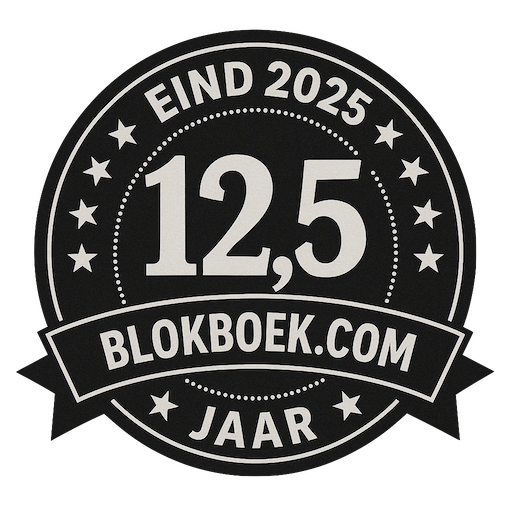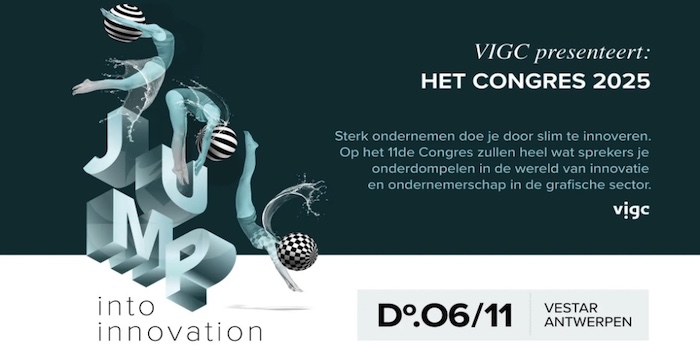Laurel Brunner: Fespa’s Planet Friendly Guide Gets Even Friendlier
 Eleven is such a wonderful number. Think Spinal Tap and the BBC iPlayer’s volume control, or ISO TC130’s Working Group 11. When something goes up to eleven, you get just that little bit more, and it’s that little bit that can make a massive difference. So it is with Fespa’s newly relaunched Planet Friendly Guide, which has been split into eleven easily consumed parts.
Eleven is such a wonderful number. Think Spinal Tap and the BBC iPlayer’s volume control, or ISO TC130’s Working Group 11. When something goes up to eleven, you get just that little bit more, and it’s that little bit that can make a massive difference. So it is with Fespa’s newly relaunched Planet Friendly Guide, which has been split into eleven easily consumed parts.
Fespa pitches the Planet Friendly Guide for digital and screen printers, but the content is valuable for any type of printing company and their customers. This previously ginormous tome is the definitive sustainability reference for the graphic arts, and now in a series of digestible pieces it’s going to be even more useful.
Instead of being a single volume, the Planet Friendly Guide is reorganised into a series of smaller parts. A helpful introduction explains how printers should prepare themselves to manage their environmental impact and improve their sustainability, and there are ten additional guidance documents. These ten provide everything you need to know about a range of topics, such as pollution or emissions to water or handling waste and environmental impact. The idea is to make it easier for readers to get to the information they want without having to waste precious time ploughing through acres of words to find what’s relevant for them. As Sean Holt, general secretary for Fespa says “Keeping up to date with legislation can be prohibitively time-consuming, particularly for SMEs.”
Organising the Planet Friendly Guide in this way makes for a much more accessible and engaging series. It turns the Planet Friendly Guide from a single volume into a part-work publication that can be extended as often as required. Fespa can use this model to deliver bespoke environmental content that meets local needs based on member feedback, rather than sticking exclusively to material with global relevance. There is also a better chance that the content will be read and implemented to improve production and business processes. Hopefully this will mean more printing companies taking an active role in environmental impact reduction.
The new format gives Fespa scope to add topics without having to edit and revise the entire publication and with this revamped format Fespa has a mechanism for delivering a greater range of environmental content to members. For instance environmental benchmarking and market updates can be added, along with taylored explanations of environmental legislation for different parts of the world and what rules mean for print buyers. Fespa could also develop a global directory of printers certified for compliance to ISO 14001 (Environmental management systems).
In its new flexible format, the Planet Friendly Guide will be altogether more useful to the 37 national member associations that are Fespa. The Planet Friendly Guide is free to association members as part of their membership and is funded by Fespa’s Profit for Purpose programme. This programme was set up to reinvest profits from Fespa exhibitions back into the global printing industry. Fespa is also an associate member of the Verdigris project which funds development of ISO standards related to the environmental impact of print. Hopefully Fespa might consider adding a new part to the Planet Friendly Guide that explains which ISO environmental standards printers should consider using, such as ISO 16759 for calculating the carbon footprint of print media, and how to implement them.
Laurel Brunner

Dit blog wordt mogelijk gemaakt dankzij de bijdrage van: Agfa Graphics (www.agfa.com), Digital Dots (http://digitaldots.org), drupa (www.drupa.com), EFI (www.efi.com), Fespa (www.fespa.com), Heidelberg (www.uk.heidelberg.com), Kodak (www.kodak.com/go/sustainability), Mondi (www.mondigroup.com/products), Pragati Offset (www.pragati.com), Ricoh (www.ricoh.com), Shimizu Printing (www.shzpp.co.jp), Splash PR (www.splashpr.co.uk), Unity Publishing (http://unity-publishing.co.uk) and Xeikon (www.xeikon.com).
BlokBoek.com is de Nederlandse media-partner van Verdigris, een non-profit initiatief dat de werkelijke voetprint van druk- en printwerk die drukwerk achterlaat eerlijk in kaart wil brengen en dat bedrijven en organisatie steunt om die voetprint te verlagen.
Meer informatie over Verdigris vindt je via deze link.

De trainingen voor 2022 staan gereed. Kijk voor het volledige online aanbod van bestaande- en nieuwe trainingen op de website.
BLOKBOEK.COM EN PRINTMEDIANIEUWS: HET OPTIMALE DOELGROEP BEREIK


















